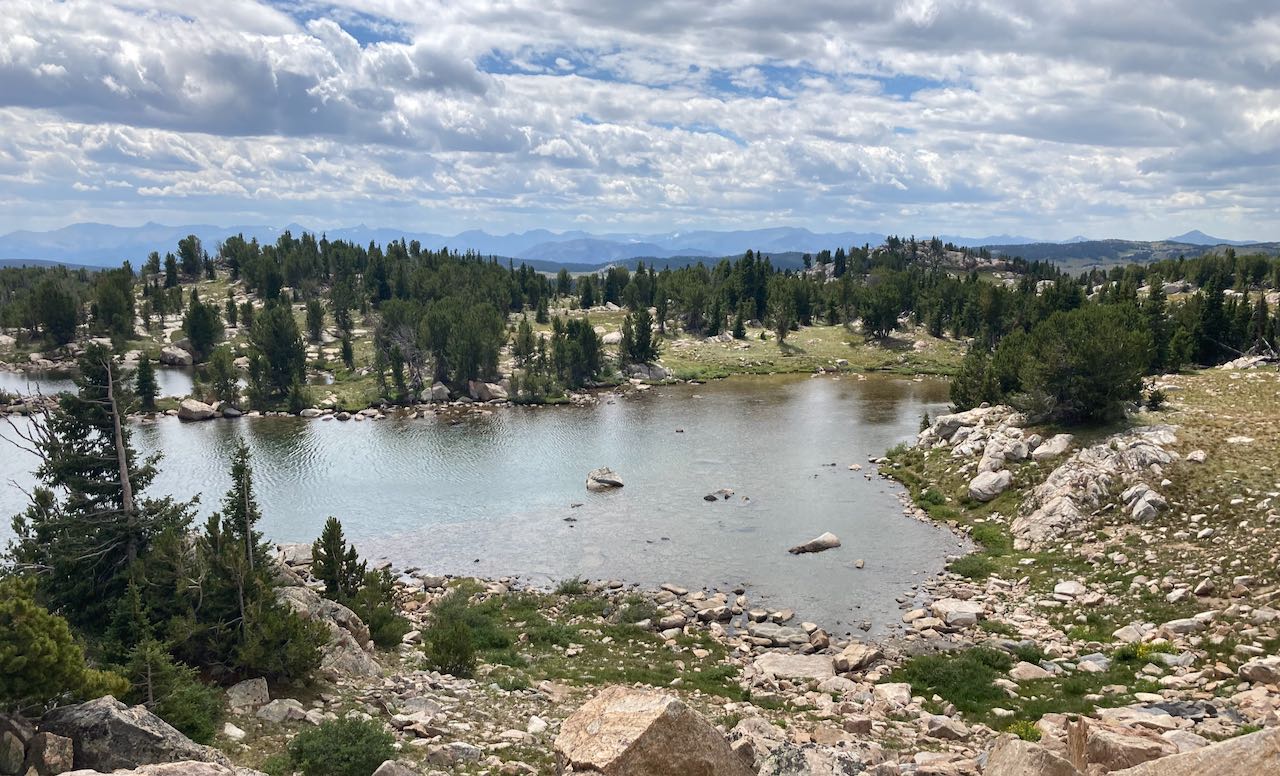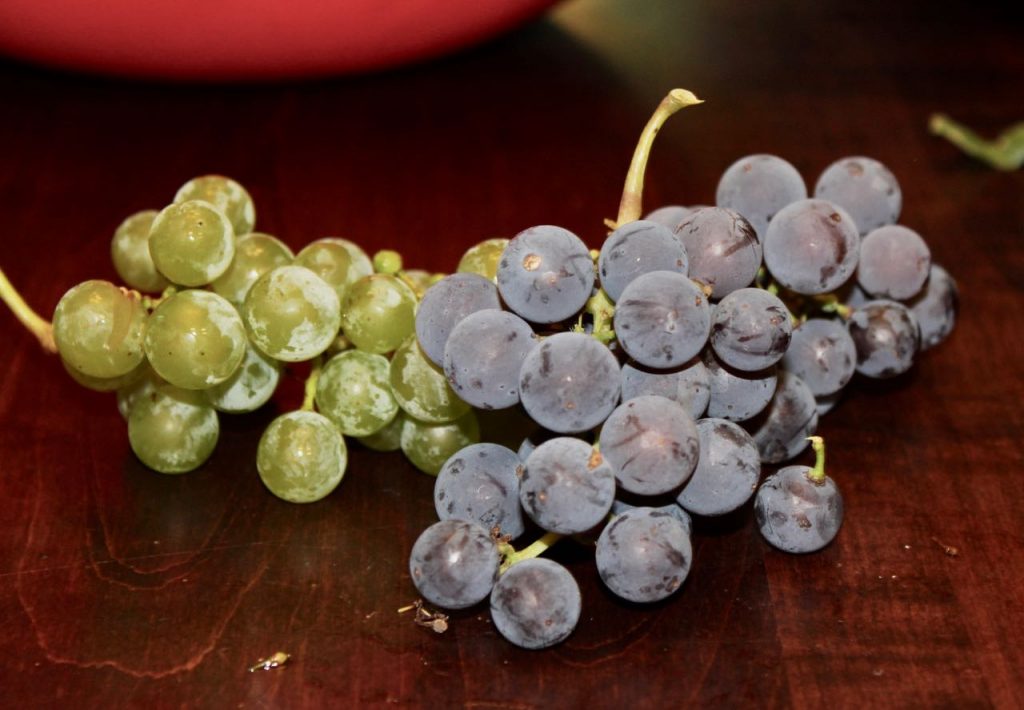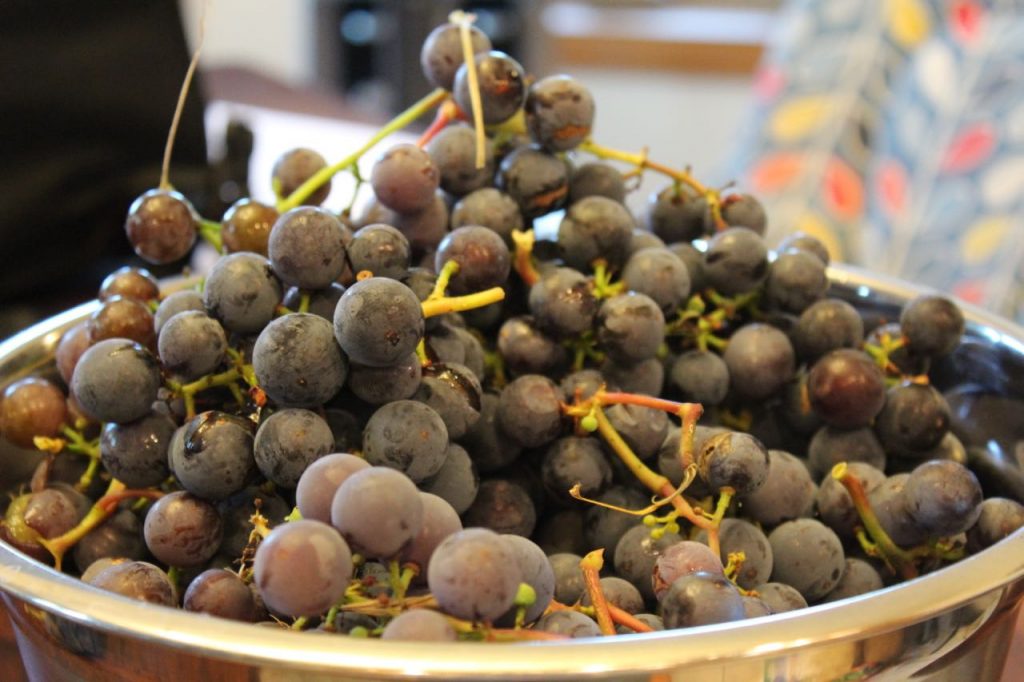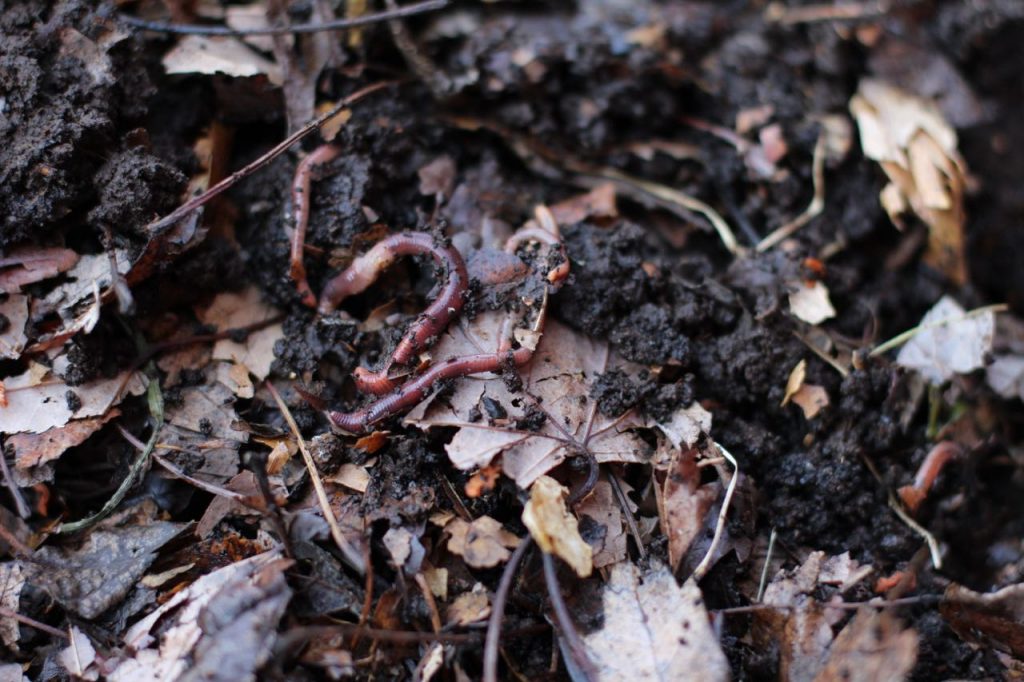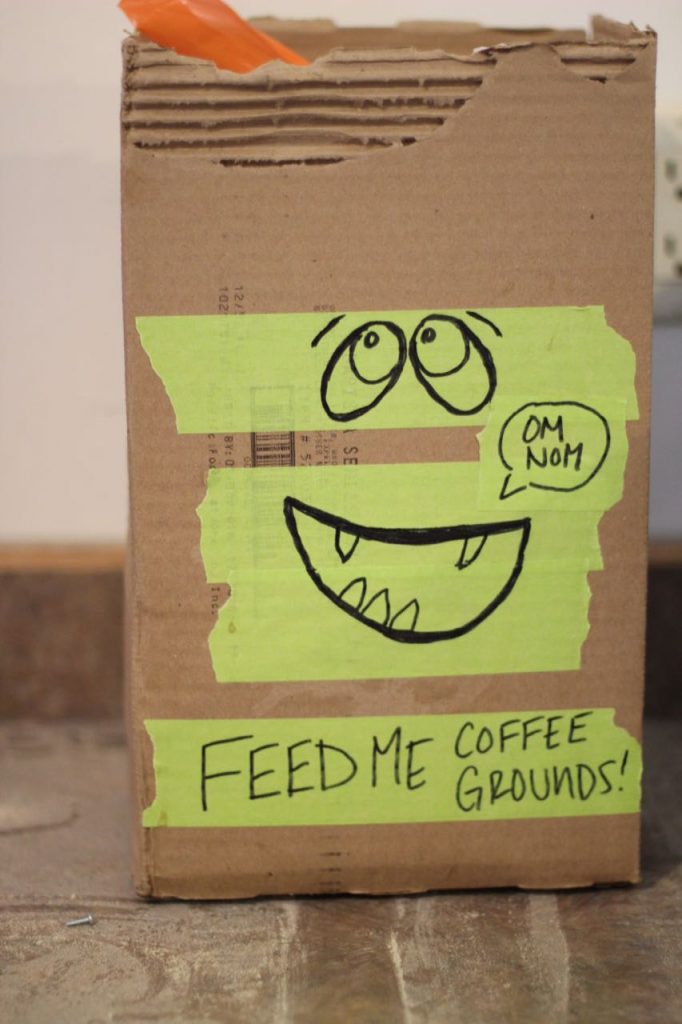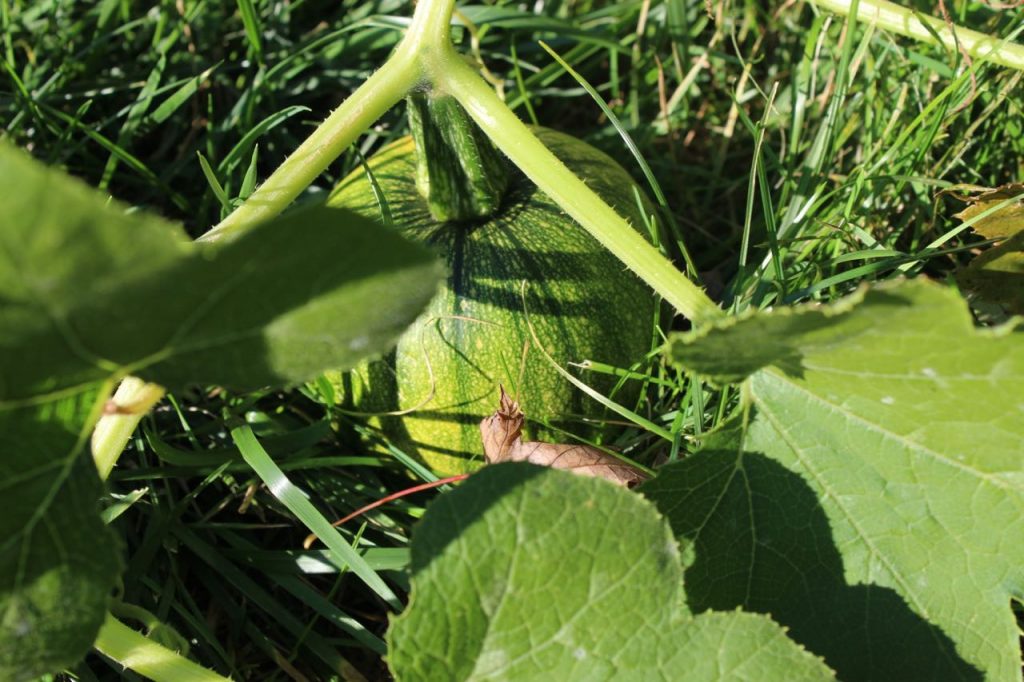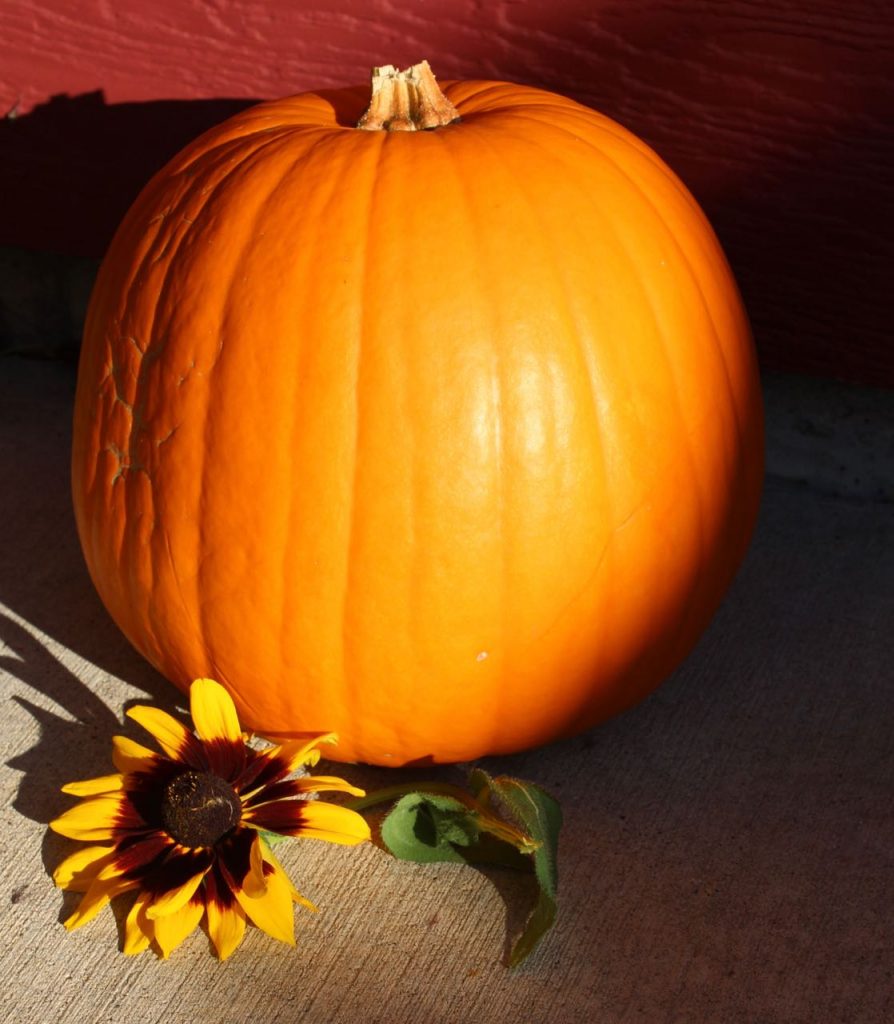The brightest flowers from the garden are fading, so it’s time to gradually undertake garden cleanup. After locating the garden shears in the ever shifting garage whirlpool, I started cutting back the excess foliage this week while the sunny 65 degree days last. Of course, the weather decided to be contrary, so I haven’t been able to make nearly as much progress as I’d planned.
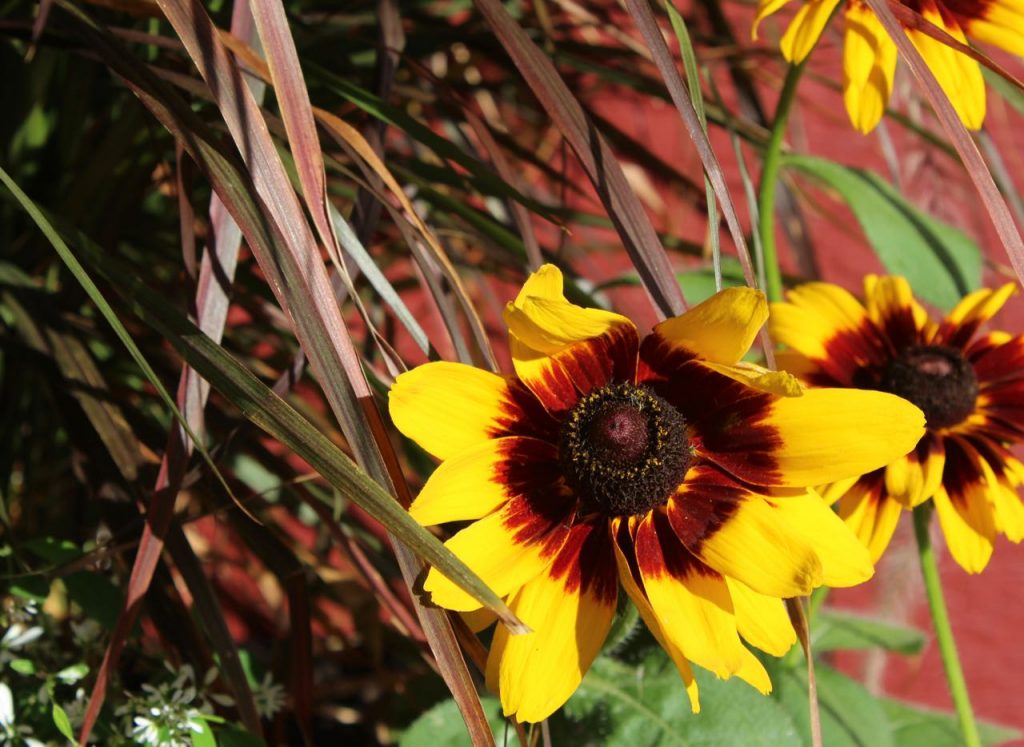 Late summer Rudebeckia flowers show some of my favorite autumn colors.
Late summer Rudebeckia flowers show some of my favorite autumn colors.
Though this year I put little time into managing the vegetable garden, there was a sizable crop this year. The raspberries that have had lackluster production for many years sent some runners into the old compost pile. In one season they became the most prolific species in the garden. Two ‘Big Boy’ tomatoes in bottomless 5 gallon buckets also produced way more tomatoes than we can eat. The only difficulty was the number of tomatoes that split open for the insects after summer rainstorms. I will have to be more proactive in picking ripe fruits before we receive four inches of rain.
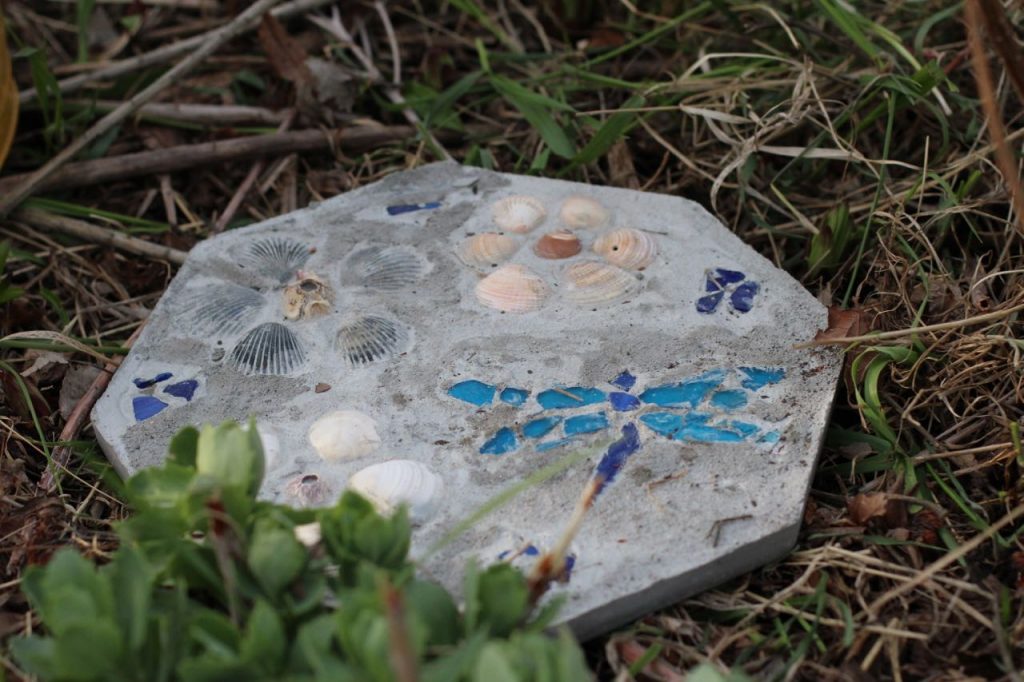 Daniel, Dominic, and Joseph helped me make several new stepping stones this year.
Daniel, Dominic, and Joseph helped me make several new stepping stones this year.
Two out of the three grape plants planted way back in May of 2015 came into their own this year with the first notable crop of fruit. The surviving varieties were Edelweiss and Bluebell-hardy seeded grapes with lovely names.
Two large bowls were filled from the harvest. A friend showed me how to can the grapes for juice, and after a days work cleaning and canning we had ten pints to show for it!
The compost pile and the worm box also were major successes this year, and we’ve never processed as much material before. Four or five yard bags of leaves fueled the worm habitat over the winter, and with only slight attention (adding a bit of water and stirring about once a month) all had turned into ‘castings’ by spring- the most nutrient rich and microbially alive super fertilizer available naturally.
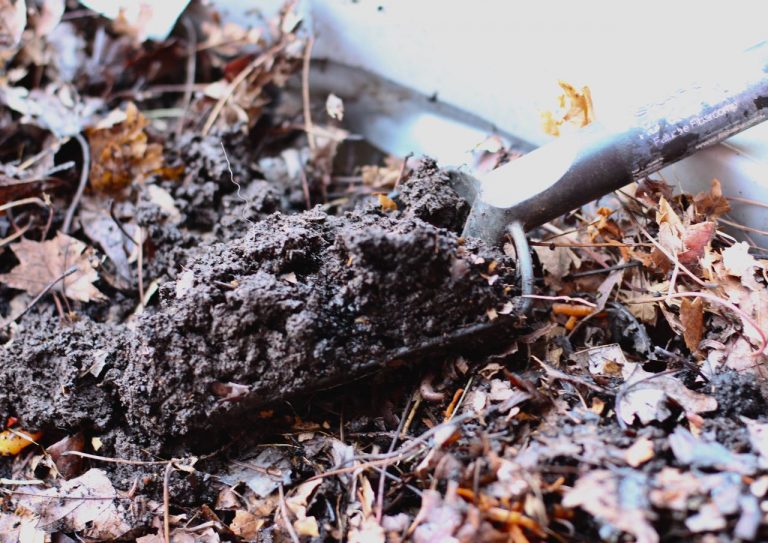
The tiny masters themselves:
The local coffee shop dedicated a box for me when I called to ask for their used grounds for directly around the plants:
I have a slightly strange fascination with decomposition. I’m not sure if it started during my presentation on fungi for the science fair in 6th grade, or later on when I started trying to figure out the best source of compost for growing vegetables. Either way, I’ve started several compost piles that had more fresh material than dried, and weren’t able to get an active composting process going.
This year, however, we had plenty of leaves to mix with the rest of the non-meat kitchen scraps, which made up about 1/3 pile. We mixed these with a few more bags of dried leaves. The resulting pile was about four feet in diameter, and two and a half feet high. The size meant that a lot more turning and watering were required to keep both air and water evenly dispersed throughout the mix. I usually enlisted John’s strength to help me with the heavy lifting, and pulled in more than a few of John’s friends when they were around. It was really interesting to watch the process, as for weeks on end nothing seemed to happen, but then one week I came out to turn it and found there was not a single recognizable scrap of food visible; all had broken down into a light soil.
A surprise pumpkin grew out of the compost pile (the final resting place of last year’s jack o’lanterns). The richness of the compost manifested itself in the size of the vines, which outpaced all other foliage in the vicinity.
The pumpkin stands almost a foot tall on the family porch, to the younger children’s delight.
